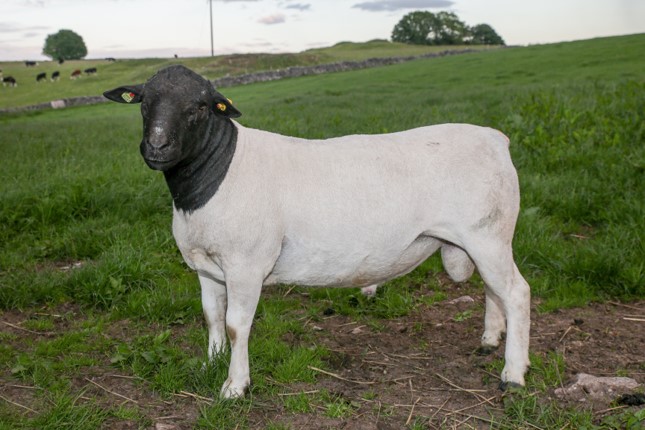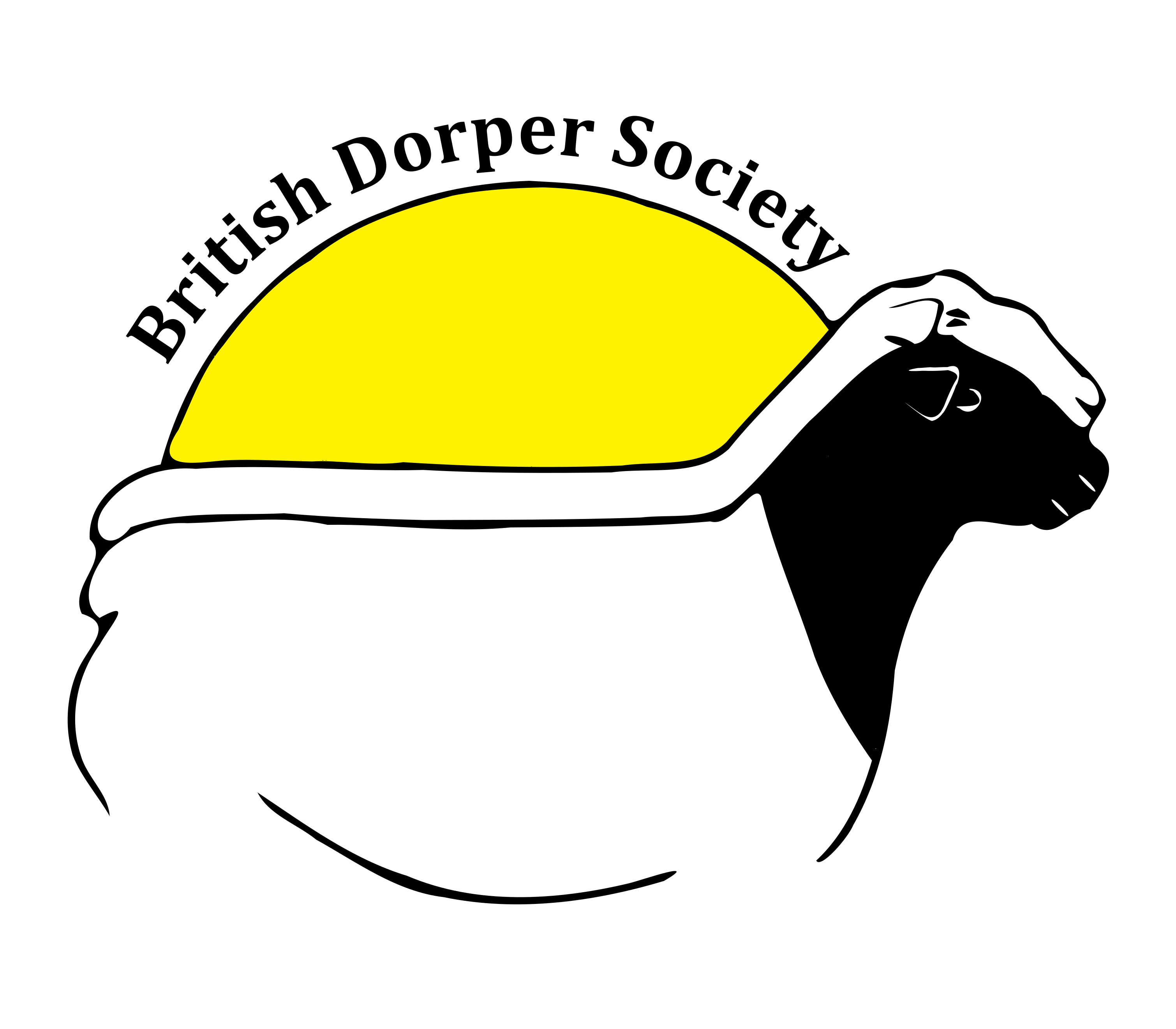The Dorper
The Dorper, from England to South Africa and back!
Dorpers were created in South Africa in 1942, by crossing imported Dorset Horn rams with Persian Black-headed ewes, thus creating a hardy, prolific, milky breed with excellent vigour and maternal traits.
A breed standard and society were set up in 1950 and it is from these standards that the modern Dorper sheep has derived. Along the way white sheep were produced, which in turn understandably became White Dorpers. A breed society for White Dorpers was recognised in 1959, but eventually both variants came under a single society.

Dorper sheep worldwide
Dorpers can now be found all over the world and are very popular in North and South America, Australia, New Zealand and Canada, as well as many European countries.
The first group of Dorpers brought into the UK were imported in 2004 from New Zealand, by Mrs Bernadette Dowling. These were followed by various imports of embryos, originally from New Zealand, with others from Canada later, and more recently from Australia along with semen imports. There have also been animals imported from Germany – the Dorper is a very young breed in the UK, and will no doubt differ slightly in the future compared to its South African descendants.
The return of exported genetics in a new breed – the Dorper
It is, however, quite ironic to think that genetics exported from the UK 70 years ago might have found their way back in a new breed. For a great article on the history of the Dorper, visit the South African Dorper Society history page – click here.
Breed Standards
The Dorper breeds are a well-muscled, medium sized sheep with length, depth and width.
- An animal that has a good weight to size ratio is ideal – size in the extreme large or small is not desirable, nor is the production of localized pockets of fat on the body.
- The fleece should be a short, loose, light covering of hair and wool with a clean kempt underline.
- Neither exclusive coarse hair / mane or long dense wool are desirable traits.
- Animals with either undershot or overshot jaws should not be used for breeding and should be culled.
- A dished forehead is undesirable.
Colouring:
The White Dorper:
- All white with hair on the head and face.
- Around the eyes, the udder and teats and also under the tail should be fully pigmented with any other coloured patches / spots very limited.
The Dorper:
- White with black hair on the head and face – small patches of white on the crown, nose and chin are acceptable but not a full blaze or strip of white.
- Black marks / spots are also found on the body i.e. on the neck, shoulder, legs and under the tails and are allowed to a limited degree. The neck markings / detached spots should not extend beyond the elbow.
- Both the feet and the skin of the teats and under the tail should be black. Brown hair around the eyes along with white teats, feet and under the tail are not considered desirable.
Conformation:
- The neck should be broad with medium length
- Strong, broad shoulders with a deep, moderate width chest
- Well sprung ribs
- Long, straight back (a slight dip behind the shoulders is permissible)
- A broad, full loin
- Long, wide rump
- The legs should be well placed and strong with the forelegs being straight and pasterns strong
- The sex organs should be well developed
- Udders being well-developed and well attached with an even shape (teats should not be over sized)
- Rams scrotum should contain well-developed testes of an equal size
- Neither excessive length or split scrotum are desirable
The Head:
- Rams: The head has, from the side view, a somewhat triangular shape that should be strong with good length and medium width. Animals are in the main polled – some horn growth is allowed, with the ears set horizontal in proportion to the head and large, wide set eyes with a protective brow. A Roman nose and wrinkles are typical.
- Ewes: Polled, with horizontal set ears and large, wide set eyes – as the rams but with much finer, more feminine features and a similar triangle shape.
Buyer Beware!
When purchasing pedigree stock always check that the animal matches the details on the certificate - if no certificate is available take note of all ear numbers and contact the Registrar to check if the animal is registered before you purchase.
